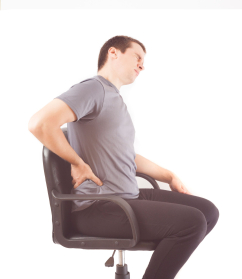Today’s industrial facilities can range from harsh and abrasive operations to spotless, highly technical spaces. Regardless of the atmosphere, in nearly all instances, they’re continuously active – commonly with a mix of automated and manual processes. Each requires specific pairings between human skillset and equipment to meet production objectives – and that goes for the seating used, too.
Manufacturing, assembly and numerous other industrial tasks are characterized by continual repetitive worker motions, often involving leaning forward, back or twisting to grab and manipulate parts, subassemblies, textiles and more, depending on the field. Specified seating should include functionality and components to address unique movements while providing necessary lumbar and arm and shoulder support, if applicable, to help keep workers performing at their best while aiding the prevention of musculoskeletal and repetitive motion injuries (RMIs).
Just as a job in accounting isn’t normally interchangeable with that of an experienced line worker, an office chair can’t be substituted for a model specifically engineered to address the user movement and ergonomic needs and environment found on the factory floor. And equally important, chairs and stools used in mills, power plants, and distribution centers must stand up to the rigors of those settings – including multishift, 24/7/365 use – offer a generous weight capacity, and be built for the long term so specifiers can get the most from their investment.
Contact your BioFit rep today to learn more about how our ergonomic seating solutions can help prevent RMIs, potentially aiding in maintaining productivity levels and decreasing insurance claims.
